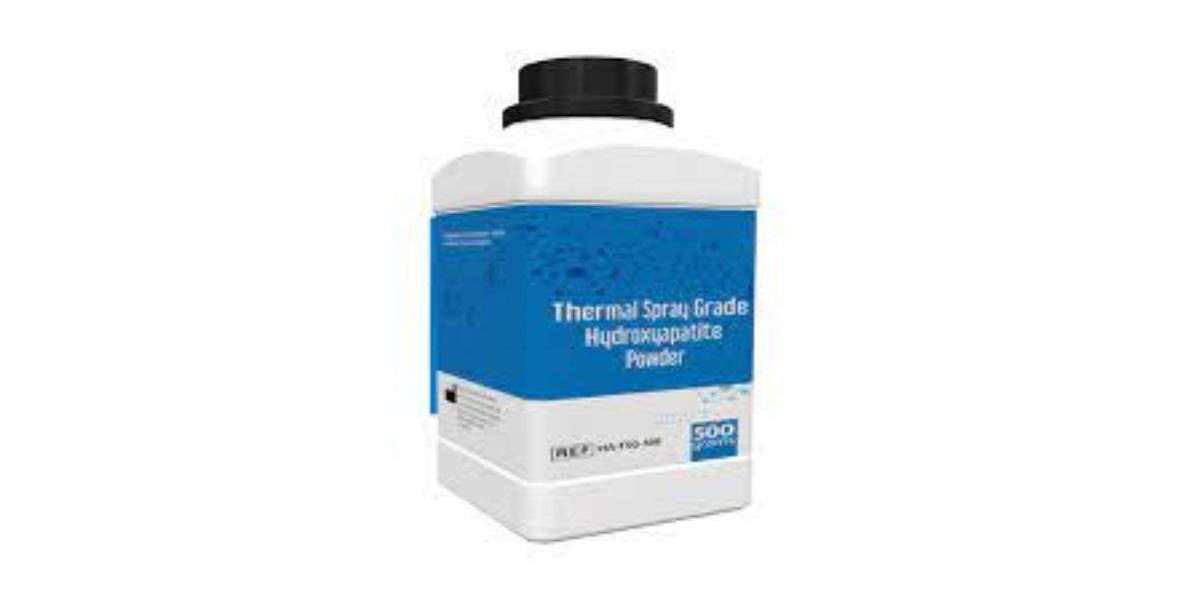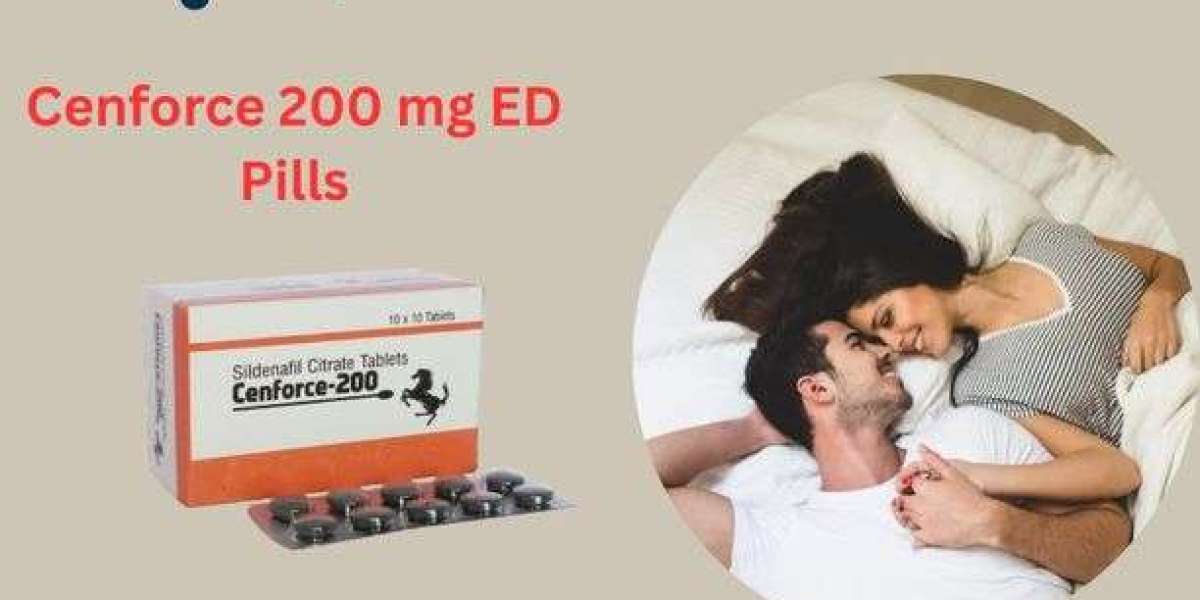Hydroxyapatite (HA) is an essential material across a wide range of sectors—from orthopedic implants to dental care products and cosmetics. However, acquiring large quantities of hydroxyapatite can significantly impact operational budgets, especially when purity and quality are non-negotiable. Whether you're a manufacturer, researcher, or distributor, reducing procurement costs without sacrificing quality is crucial. Here are proven cost-saving strategies to help you purchase hydroxyapatite in bulk more efficiently.
1. Identify the Right Grade for Your Application
Before placing a hydroxyapatite bulk order, ensure you are not over-specifying purity. Many buyers default to medical-grade hydroxyapatite when lower-grade (yet still effective) variants may suffice.
Technical-grade HA is sufficient for industrial ceramics or coatings.
Cosmetic-grade HA is ideal for oral care and skincare formulations.
Medical-grade HA should be reserved for bone grafts and implants where biocompatibility is critical.
Tip: Only pay for the purity level you absolutely need—this can cut costs by up to 70%.
2. Source Directly from Manufacturers
Avoid middlemen or general chemical suppliers who markup prices. Purchasing directly from hydroxyapatite manufacturers can result in significant cost reductions.
Benefits: Factory-direct pricing, bulk discounts, customization options
Risk Mitigation: Ask for COAs (Certificates of Analysis) and compliance documentation to verify quality
Tip: Negotiate volume-based tier pricing directly with the source.
3. Order in Larger Quantities
The cost per kilogram decreases significantly as the order volume increases. Manufacturers typically provide bulk price breaks at:
10 kg
50 kg
100 kg or more
Tip: Consolidate purchases with other departments or partner companies to qualify for better pricing tiers.
4. Choose the Optimal Source: Natural vs. Synthetic
Synthetic hydroxyapatite tends to be pricier due to strict production standards and fine-tuned particle properties. However, if your application doesn’t require synthetic precision, natural or biogenic hydroxyapatite can save substantial costs.
Animal-derived HA (bovine, fish, eggshells) is cost-effective and suitable for many applications
Synthetic HA should be reserved for FDA-regulated uses or when specific particle characteristics are required
Tip: Evaluate natural-source suppliers with proven purification processes to ensure acceptable quality at lower prices.
5. Partner with Regional Suppliers to Reduce Shipping Costs
Hydroxyapatite is a dense, heavy material, and international shipping adds considerable cost—especially for bulk orders.
Domestic or regional sourcing eliminates import duties and reduces freight charges
Some suppliers offer free shipping or logistics support on large orders
Tip: Ask vendors for FOB (Free on Board) or DDP (Delivered Duty Paid) options to minimize additional costs.
6. Sign Long-Term Supply Agreements
Committing to regular, ongoing purchases allows you to negotiate lower unit prices over time.
Vendors offer volume-based contracts with fixed rates
Long-term agreements may include priority access, custom production schedules, or price locks
Tip: Build a procurement calendar to project needs over 12 months and use it to negotiate better terms.
7. Consider Off-Grade or Surplus Inventory
Some manufacturers have overstock or off-grade batches that don’t meet tight specs but are still functionally viable for many applications.
Off-grade batches: May have slight color variation or larger particle sizes but are chemically pure
Surplus stock: Often available at discounts of 20–60%
Tip: Request samples for evaluation before committing to bulk purchase of off-grade materials.
8. Opt for Powdered Form Over Pre-Processed Formats
Hydroxyapatite is available in various forms: powder, granules, coatings, and suspensions. Buying in raw powder form and doing your own processing (e.g., mixing or shaping) can save money.
Powder is cheaper due to minimal processing
You maintain control over customization
Tip: Invest in in-house milling or granulation if you're purchasing regularly.
9. Leverage Seasonal or Promotional Discounts
Suppliers often provide discounts at end-of-quarter or fiscal year-end to hit sales targets. Participating in trade shows or subscribing to manufacturer newsletters can keep you informed of upcoming deals.
Tip: Time large purchases with fiscal periods when companies are more open to negotiation.
10. Audit Your Supply Chain Regularly
Market conditions, raw material prices, and logistics can fluctuate. Periodically review your supplier agreements and benchmark against competitors.
Use tools like RFQs (Request for Quotation) and reverse auctions
Stay informed of market trends to anticipate pricing changes
Tip: Introduce competitive tension by inviting multiple vendors to bid for your business annually.
Conclusion: Smart Purchasing Drives Long-Term Savings
Reducing hydroxyapatite procurement costs doesn’t require sacrificing quality. By strategically selecting the right grade, optimal source, and vendor relationships, and leveraging bulk buying practices, organizations can achieve significant savings. These cost-saving strategies can be the difference between narrow margins and scalable success—especially in high-volume, regulated industries.



